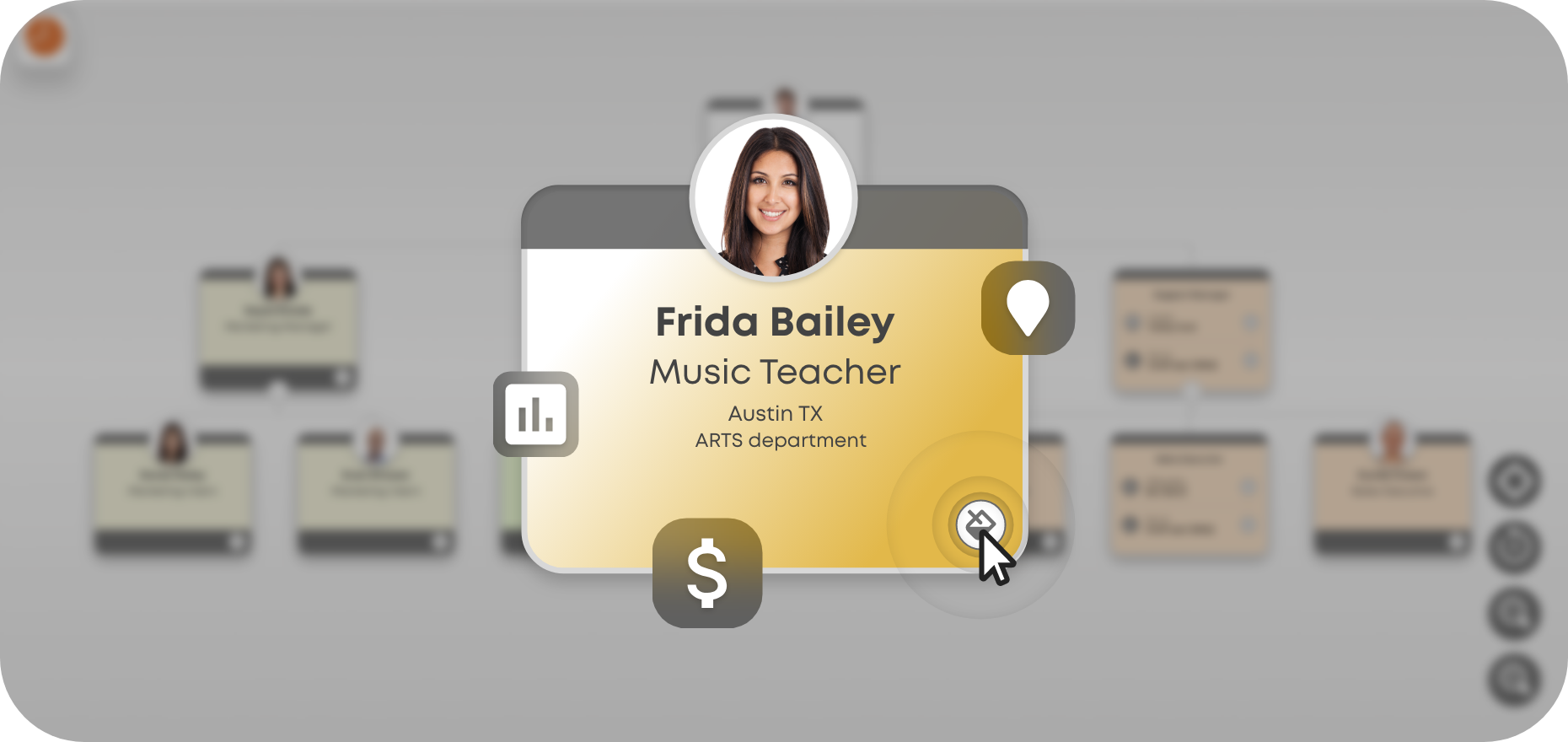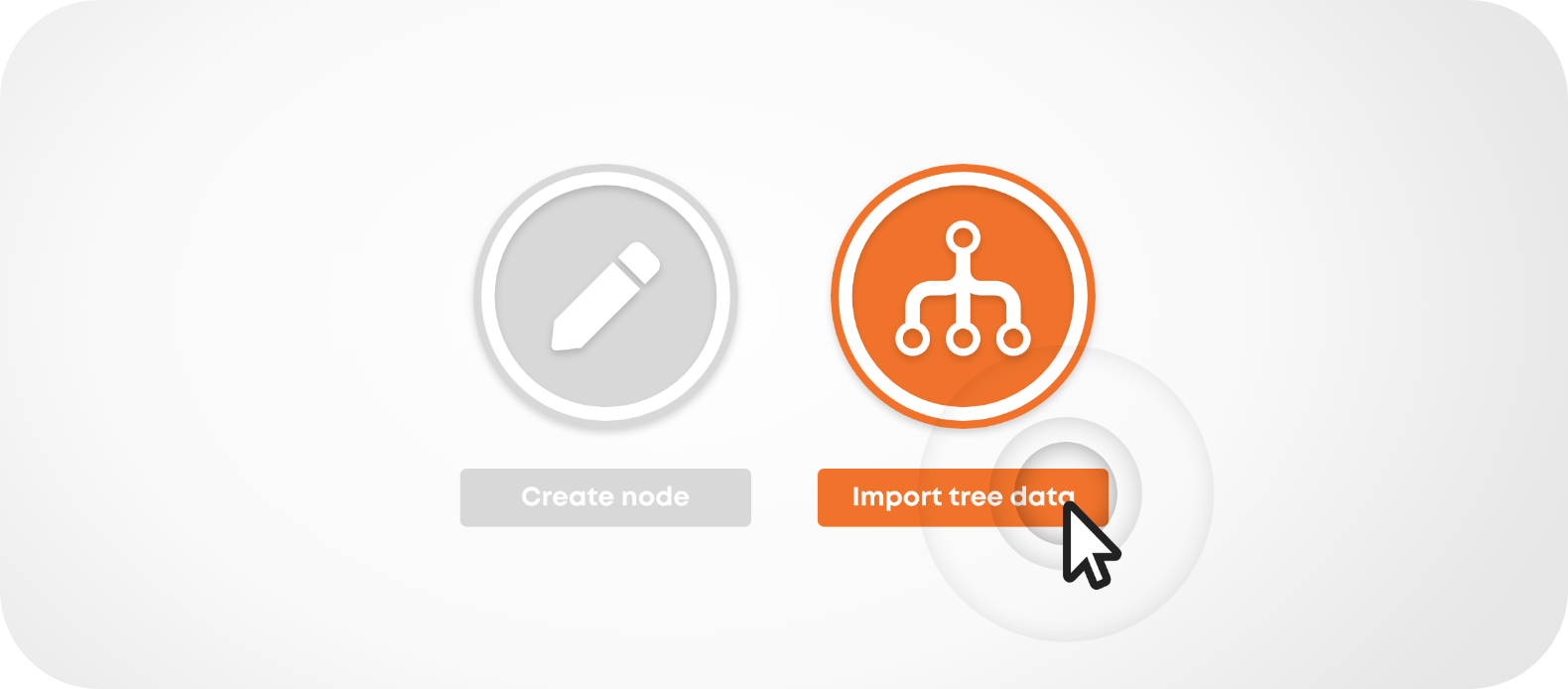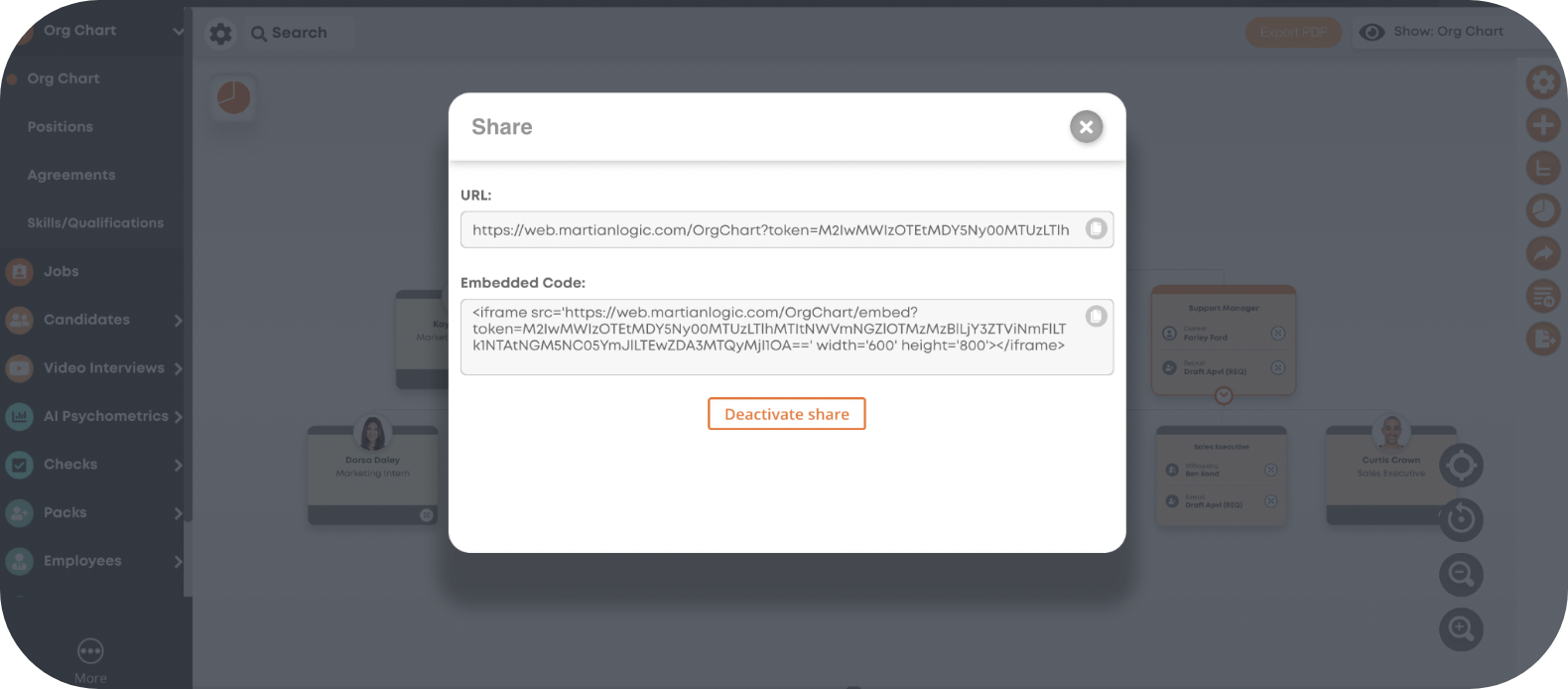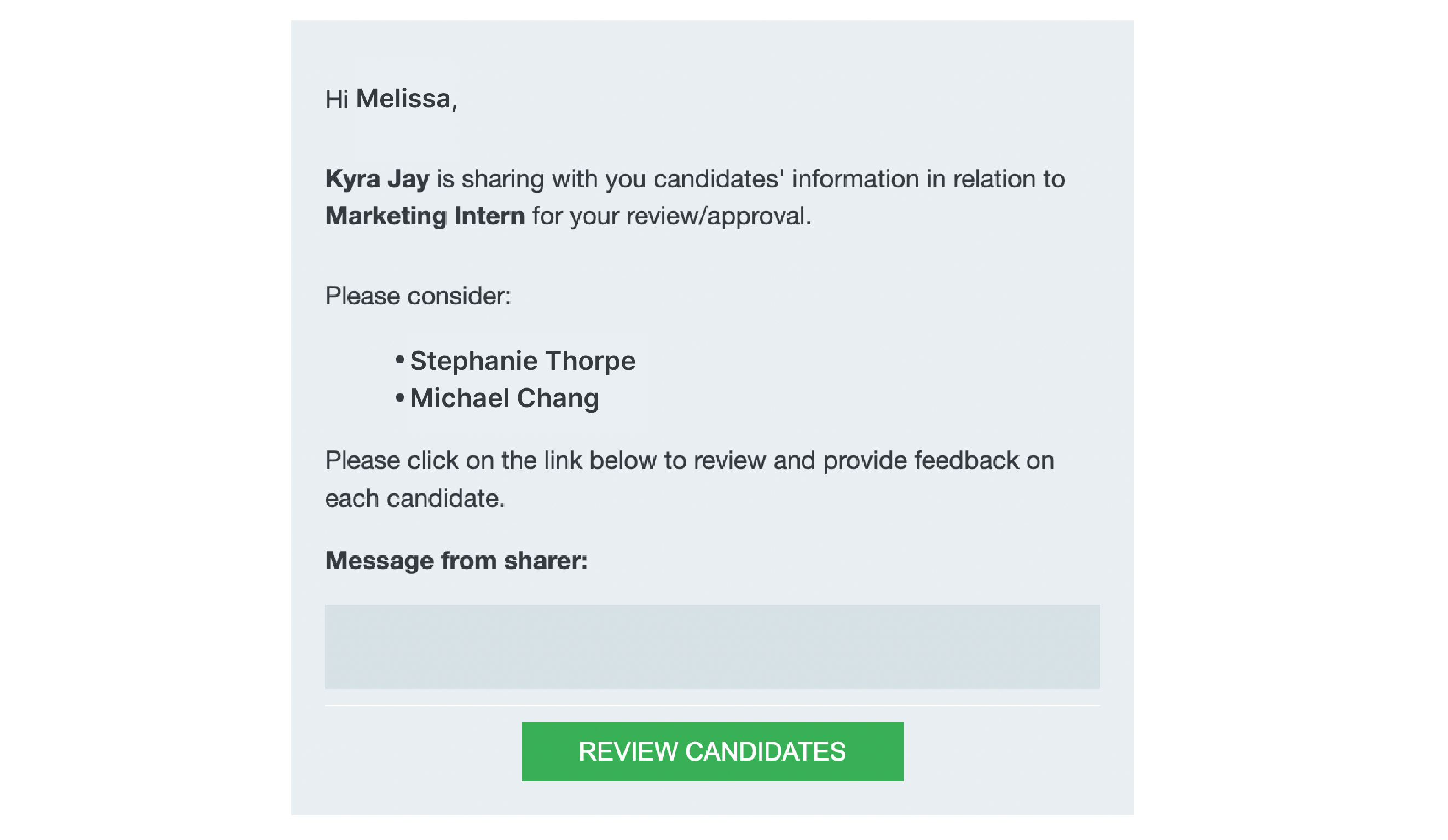Every organisation should expect their HRIS to run smoothly and facilitate the efficient management of HR activities. However, you would be surprised by how many HR softwares have low functionality, poor integration with other systems, and are unable to react to changes in an organisation. To ensure that you don’t get stuck with software like this, it is important to look for an HRIS that has the following features: automatic updates, customisation, importation, shareability, and scalability. In this blog, we will discuss what an HRIS is, and delve deeper into these 5 features and why they are important to have.
What is an HRIS?
HRIS stands for human resources information system. As software, it is used to collect and store data on employees, as well as maintain and manage all HR-related policies/procedures. It can be used for processes such as employee onboarding, cross-boarding, and off-boarding. However, as we all know, there are so many components that go into complex employment processes such as these. It is important when selecting an HRIS, to pay attention to which features can help your organisation function efficiently, while still providing flexibility to accommodate you and your specific needs.
5 Features Every HRIS Needs & Why
1. Live-Updating (Automatic)
Having a live-updating feature is an essential component of any HRIS. It ensures that any modifications made on the platform are instantly saved and automatically reflected for all users.
Consider a scenario where you work for a large hotel chain with thousands of employees and multiple hiring managers. With this many lines of command, things can get confusing. Employee updates and changes will occur regularly and it’s hard to keep track of them all. However, using an org chart software with live-updating features can help make this process a whole lot smoother.
Let’s say you need to initiate a recruitment process for a front desk supervisor, but the current position holder still has a week left before officially leaving the company. With a live-updating feature, you can simply set their departure date, and the platform will automatically remove that employee from the system on the date of their departure while adjusting the role information accordingly. In other words, looking at the software org chart, you will be able to see all up-to-date information. From the current employee leaving the organisation to the vacancy for recruitment, no additional effort is required, as the changes become visible to everyone within the organisation as soon as it occurs.
By consolidating everything in the HRIS platform, all users gain easy access to real-time information about these updates and changes. This ensures seamless communication and keeps everyone informed about the latest developments.

2. Customisation
Having the ability to customise components within your HRIS, such as application forms and org charts, is extremely beneficial to any establishment. For example, using this customisation feature to modify the colour of the nodes on your org chart can enhance organisation and clarity. By assigning specific colours to different divisions and reporting lines, employees can easily navigate and comprehend the company structure. Especially, as reporting lines expand with new additions. This customisation feature allows organisations to align their HRIS software with their corporate image, facilitating greater freedom in tailoring the system to their specific branding requirements.


3. Importation
Importing your data into an HRIS can be extremely time-consuming, especially for large organisations. That is why using an HRIS that caters to bulk, large-scale imports is crucial. Software that can accommodate the importation of large data will be of great help in terms of efficiency and accuracy. It is crucial to have options when importing as well. Take the org chart import feature offered by Martian Logic for instance. With this feature, importing your org chart becomes a breeze.

You can simply upload a file containing your data, and the HRIS system will automatically import the org chart either by “reports to” position or by node. This process saves you time and effort, ensuring that your org chart is quickly and accurately populated within the HRIS platform. No need to waste time waiting for a system to import your data or manually importing it one employee at a time, leaving room for potential error.

4. Shareability
Being able to easily share information held within the software is another feature of HRIS that is important to have. Consider the case of org charts: when a hiring manager requests access to a specific section, it is far more efficient to provide a condensed solution, rather than downloading and emailing a large org chart file.

Having this feature in your HRIS platform means that you could simply generate a share link that leads employees straight to the org chart, allowing them to access and utilise the chart as needed. Even with recruitment, having a strong HRIS that allows you to easily share applicant profiles for feedback from other managers and employees is extremely beneficial.

This simplifies the sharing process and ensures that everyone has up-to-date and convenient access to that information.

5. Scalability
Every HRIS should be able to function smoothly, regardless of whether your organisation has ten employees or ten thousand. It is important that no HRIS loses its integrity or performance when handling substantial amounts of employee data. Investing in an HRIS that is scalable ensures that, in the long-run, your software will continue to meet the needs of your organisation as your employee base evolves. The need for frequent system upgrades or migrations is eliminated which helps your organisation save time and resources.
Key Takeaways
Overall, here are five features that every HRIS needs in order to be effectively functioning and sustainable. Make sure to keep these in mind when choosing which HRIS to invest in as it really will make a difference!


